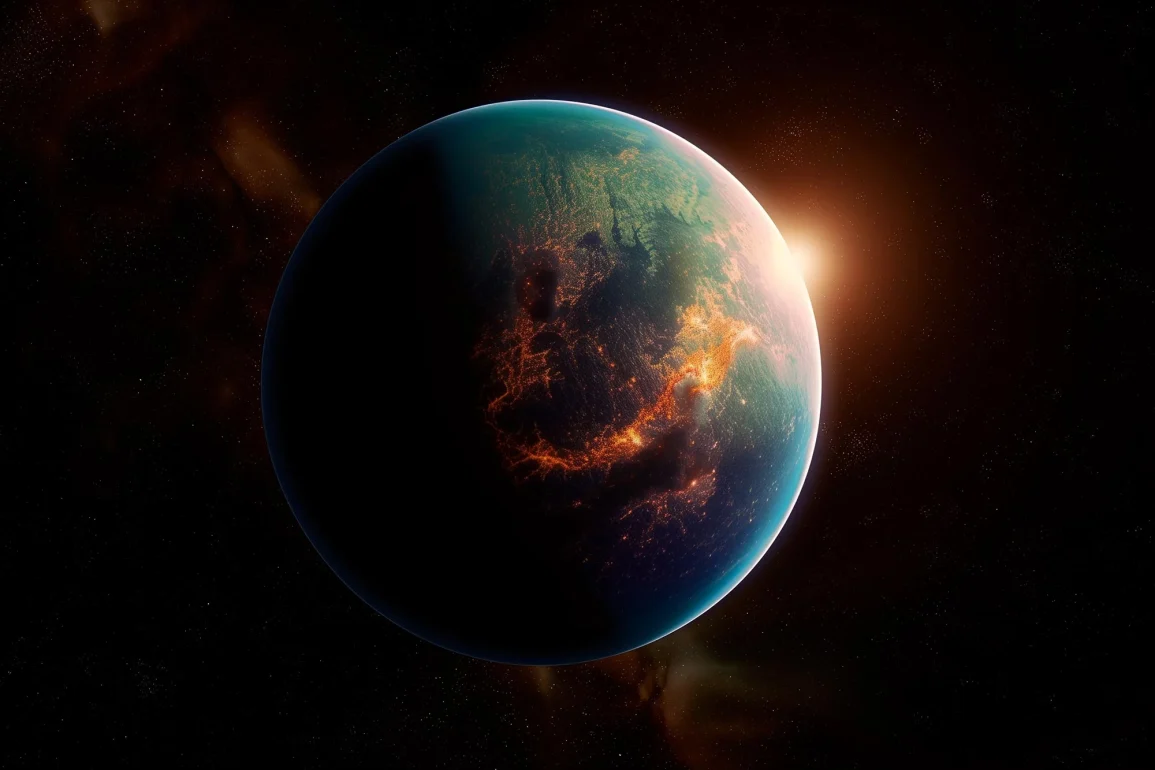A new study led by doctoral student Shaan Patel at the University of Texas at Arlington explores the potential for human habitability on planets orbiting F-type stars. These stars are classified based on their surface temperatures, with F-types being hotter and more massive than the sun, characterized by their yellowish-white color and temperatures exceeding 10,000 degrees.
The research aims to expand the understanding of habitable zones (HZ) around these stars, which are the distances where conditions could allow water to exist on the surface of orbiting planets.
The study utilizes data from the NASA Exoplanet Archive to perform a statistical analysis of known planet-hosting F-type stars. While F-type stars are often overlooked in astrobiological studies, the research indicates that they could provide promising environments for life. According to Dr. Manfred Cuntz, F-type stars, despite having shorter lifespans than our sun, possess wider habitable zones, making them significant in the search for potentially habitable exoplanets.

Patel highlights the relevance of F-type stars in astrobiology, noting that their larger habitable zones may support Earth-like bodies that could host life. The research team identified 206 F-type star systems of interest and categorized them based on how long their planets spend in the habitable zone. This detailed classification could help focus future studies on the conditions necessary for life beyond Earth.
One notable example discussed is the planet HD 111998, or 38 Virginis, located 108 light-years from Earth. This Jupiter-type planet consistently resides within the habitable zone, though it is unlikely to support life itself. However, it raises intriguing possibilities for habitable exomoons, a subject of ongoing research at UTA. The study emphasizes the importance of these findings for future investigations into the existence of Earth-mass planets and habitable moons around gas giants in F-type systems.
Looking ahead, the research team aims to explore various aspects of planetary habitability, including the dynamics of planetary orbits and their relationship with stellar evolution. They also plan to assess exomoons in different systems.
Dr. Nevin Weinberg underscores the significance of the collaborative efforts of astronomers worldwide, which have resulted in the discovery of over 5,000 planets in the last three decades, enabling statistical analyses of rare systems like those around F-type stars and increasing the understanding of potential habitable zones in the universe.

